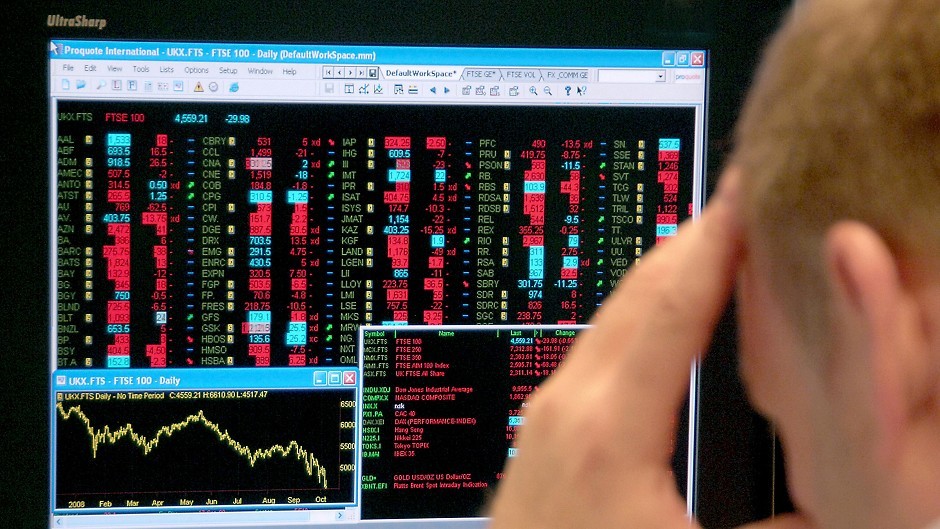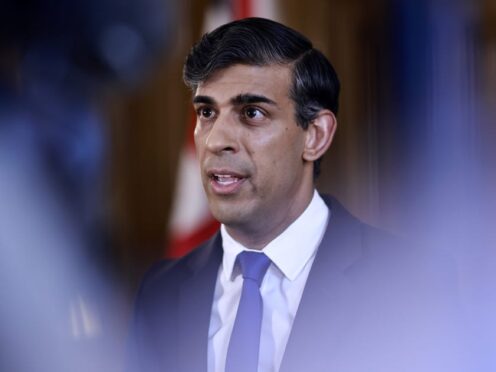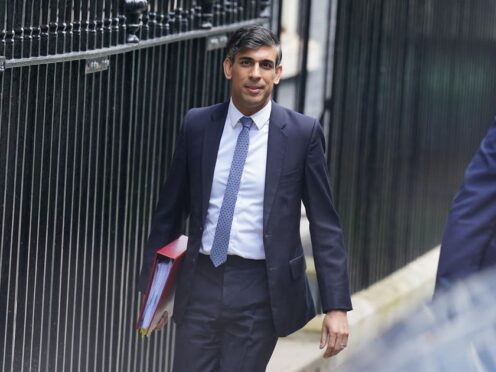A post-coronavirus recession could hit the UK much harder than the 2008 crash, a leading think tank has warned.
Experts at the Institute for Fiscal Studies (IFS) have said the “shock to employment” will “likely be much larger” than previous downturns.
In their latest report, it is estimated that more than a million people could end up suffering with chronic illnesses as a result of a post-pandemic recession.
IFS research economist Heidi Karjalainen, who authored the report, cited previous studies which have found that a one per cent fall in employment often leads to a two per cent increase in the prevalence of chronic illness.
The report states: “If employment were to fall by the same amount as it fell in the 12 months after the 2008 crisis, around 900,000 more people of working age would be predicted to suffer from a chronic health condition.
“Only about half this effect will be immediate, the full effect will not be felt for two years.
“The shock to employment from the coronavirus pandemic is likely to be much larger than this and so we may expect a larger rise in poor health.”
In facing this economic downturn, government intervention will play a key role in determining the eventual health effects of the resulting recession, the IFS say.
“The government will need to decide where resources are best used. Importantly, in recent years the UK welfare system has evolved to protect incomes through the extensive use of in-work benefits.
“Whilst this proved to be a positive during the 2008 financial crisis when incomes and wages fell but employment held up, continued erosion of the value of out-of-work benefits relative to average wages leaves the system far less capable to
deal with mass unemployment shocks than it was.”
The report concludes that rebuilding the economy after this pandemic is likely to be “much more complex than replacing the physical or financial capital that has been wiped out in the large recessions experienced recently”.
Ms Karjalainen said: “The health impacts of the economic downturn caused by the coronavirus pandemic will be felt long after the social distancing measures come to an end.
“Many of those who are most exposed to the economic shutdown – such as low income families, especially those with young children – are also most vulnerable to long-term effects on both physical and mental health.
“By making sure that the groups that are most at risk are also protected from the negative effects of a downturn, the government can help minimise the long-run detrimental health impacts that would otherwise occur.”
Shadow health secretary Jonathan Ashworth said: “We must also act to reduce as much as possible the negative economic impacts of these necessary measures, which is why we are pushing the government to do all it can to protect jobs, sustain businesses and maintain incomes.
“If the schemes fail to work as they should, unemployment will rise even more significantly and people’s health will worsen. We cannot allow that to happen.”










